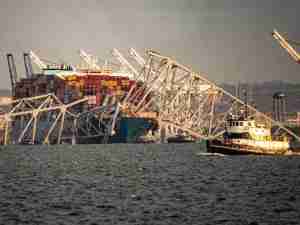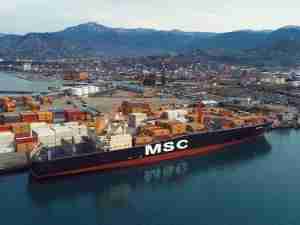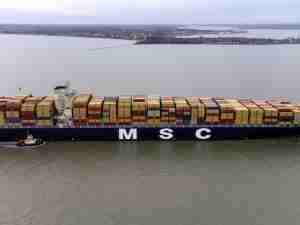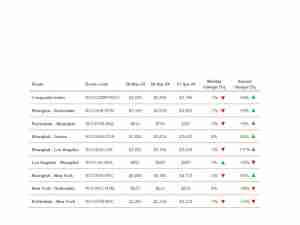The global shipping industry rebounded in 2010 from a dismal year in 2009 when the economic crisis hit trade, cargo volumes and freight rates.
But Drewry sees container shippers' collective profits dropping to around $8 billion this year from an estimated $17 billion in 2010, still a rebound from losses of $19.5 billion in 2009, it said in a Jan. 11 glimpse of its new Container Forecaster analysis.
"This (2011 profitability) could be considerably lower if carriers' pricing and capacity discipline weakens further," Drewry said in a statement.
Maersk Line, owned by Danish shipping and oil group A.P. Moller-Maersk, is the world's biggest container shipper.
Major rivals include privately owned Switzerland-based Mediterranean Shipping Company (MSC), French privately held CMA-CGM, China's COSCO, Korea's Hanjin Shipping, Taiwan's Evergreen Marine and others.
Freight rates have come off peaks seen around August 2010, which will pull earnings back towards more normal levels this year from last year's strong results, London-based Drewry said.
"2009 was a horrendous year for the industry when a couple of carriers should have gone under but didn't," Neil Dekker, editor of Drewry's container forecast, told Reuters..
"The rebound in 2010 was surprisingly strong -- I don't think anyone foresaw the demand rebound in the early part of the year -- and because of carriers' discipline on the supply side, they got a lot of rate increases through and did extremely well," Dekker said.
But capacity discipline has weakened. Towards the end of 2010 carriers did not withdraw capacity from the market which could have helped them bolster rates, he said.
"If you look at Asia-Europe (trade), the net result is that most carriers tried for a general rate increase on January 1, and that has pretty much failed and existing rates have been extended into January," Dekker said.
He said that the forecast 2011 earnings drop was "fairly significant," but added: "In the grand scheme of things, we would project that operating profit margins for carriers would be around 5-6 percent and that is historically about average."
Several carriers had revived shipbuilding despite still tighter financing, Drewry said, and it projected that the global container fleet would grow by 8.5 percent in 2011.
It forecast that average east-west freight rates would fall by 7 percent this year after a strong rebound in 2010.
"The fear is what carriers will do on the capacity front," Dekker said, adding that looming in the background are a number of ships of 10,000 12,000 and 13,000 TEU (twenty-foot equivalent units) due to be delivered.
"We estimate roughly 50 ships this year," he said. "We think there will be question marks over the supply-demand balance in the Asia-Europe trade."
"But that does not mean the industry is going to fall off a cliff, it just won't be as good in a comparative perspective." (Reuters)







